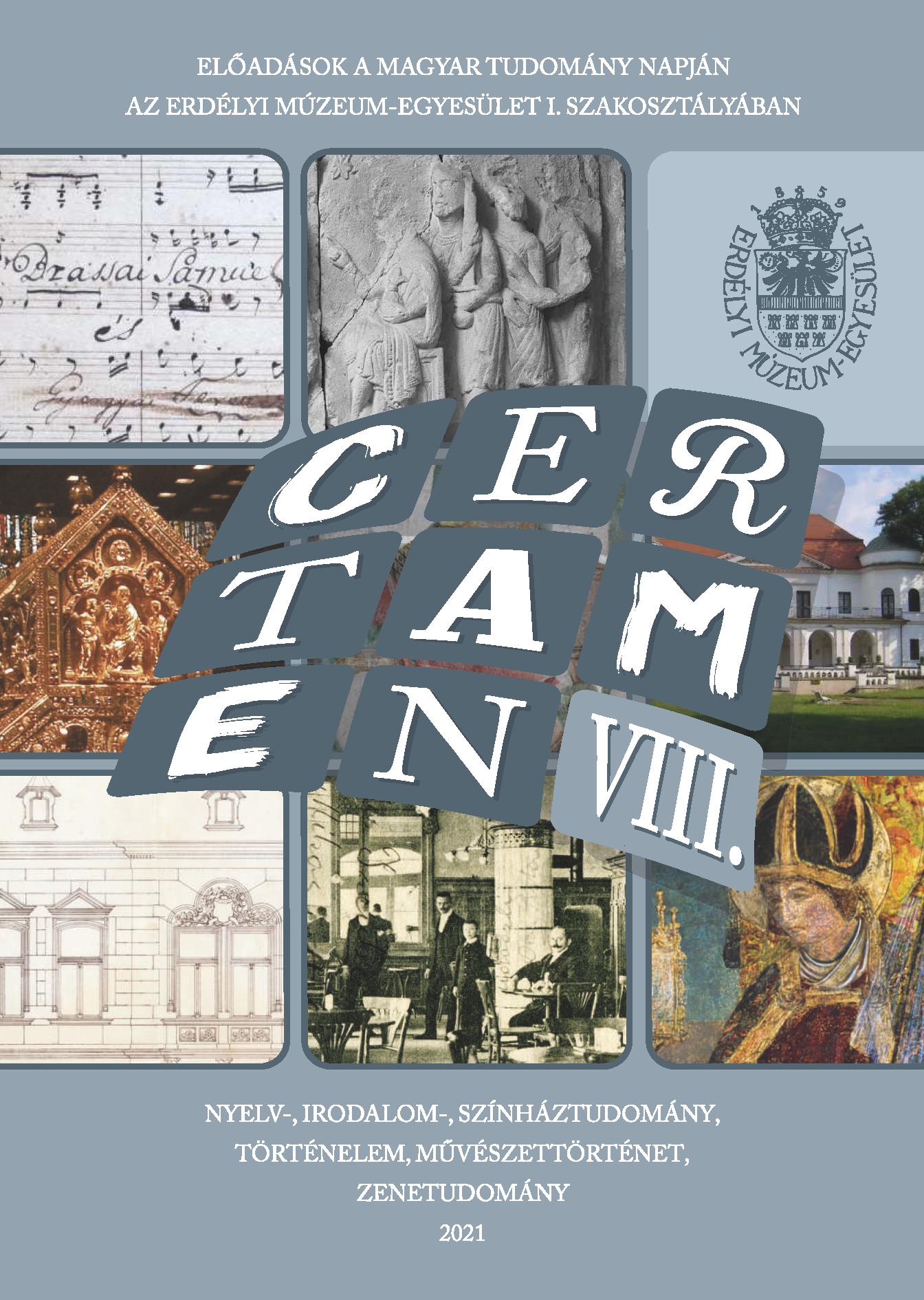Ikonográfiai problémák erdélyi késő gótikus falképeken. Két esettanulmány
Iconographic Problems in Transylvanian Late Gothic Wall Paintings. Two Case Studies
Author(s): Anna KónyaSubject(s): History of Art
Published by: Erdélyi Múzeum-Egyesület
Keywords: Transylvania; medieval wall painting; iconography; Saint Ursula; Saint Valentine; Daia; Sibiu;
Summary/Abstract: The study analyses two wall painting representations, whose unusual, seemingly inconsistent iconographic features pose challenges for interpretation. The first part of the article focuses on a composition on the northern chancel wall in the parish church of Daia, which has previously been described as an allegory of the Church as a ship. Based on an examination of its iconographic features and compositional analogies, I argue for an identification as the Martyrdom of Saint Ursula and the Eleven Thousand Virgins. At the same time, through the motif of the Crucifixion on the ship’s mast the narrative scene acquires a broader, allegorical meaning and can be fit into a composition type connected to Saint Ursula confraternities, where the vessel of the saint is presented as the ship carrying the community of believers toward the harbour of eternal life under the protection of Christ’s cross. In the second part of the study, I focus on an image of Saint Valentine within the recently discovered wall painting decoration of the southern chancel wall in the former church of the Dominican nunnery in Sibiu. Besides his conventional attribute, an epileptic lying at his feet, the bishop saint is holding a golden monstrance in his left hand, which is an unusual element in his iconography. This attribute also appears in a compositionally similar representation of Saint Valentine in the altarpiece from Bruiu (1520). The common source of both compositions can be identified in a woodcut by Lucas Cranach prepared for the Wittenberger Heiltumsbuch (1509), representing a reliquary statue. While in the original work the monstrance functioned as a container of relics, it acquired a new, eucharistic meaning when the composition was transposed from the printed model into the media of panel and mural painting.
Journal: Certamen
- Issue Year: 2021
- Issue No: VIII
- Page Range: 261-270
- Page Count: 10
- Language: Hungarian

